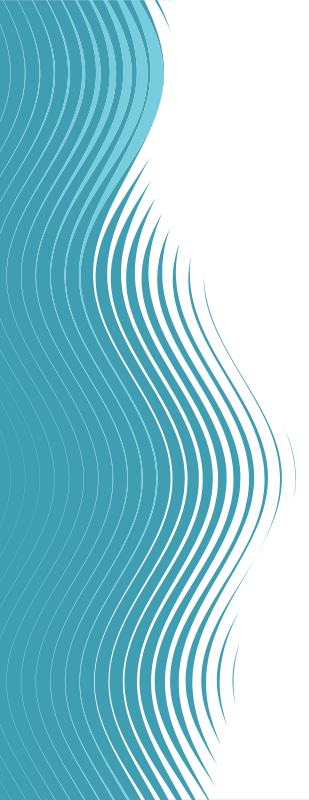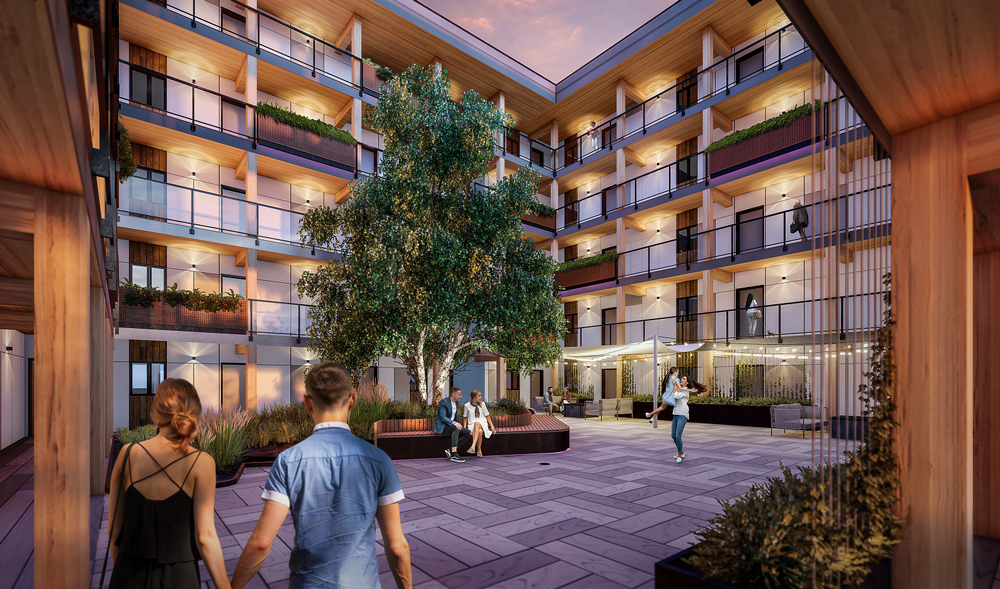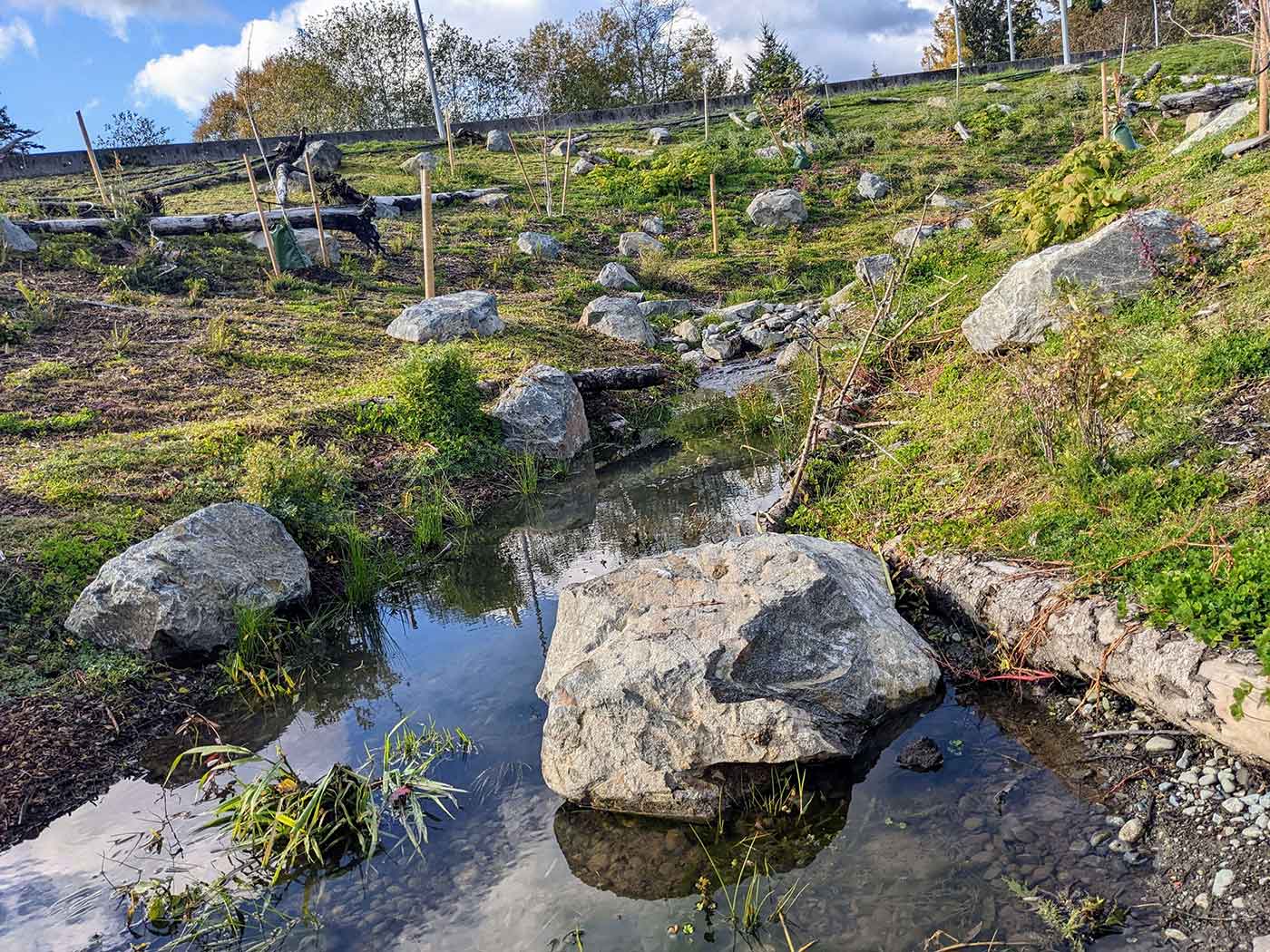Salmon-Safe BC
The Fraser Basin Council manages Salmon-Safe BC — an eco-certification program that recognizes land management practices that better protect Pacific salmon habitat and enhance water quality on agricultural and urban lands.
The Salmon-Safe program was introduced in British Columbia in 2011 by the Fraser Basin Council and Pacific Salmon Foundation in collaboration with Salmon Safe in the United States. Since 2018 FBC has been the sole program delivery body for Salmon-Safe BC. See recent certifications and learn more about the program below.
Recent Salmon-Safe Certifications
TELUS Development Projects
January 2025
Congratulations to TELUS for achieving Salmon-Safe BC certification on three development projects – TELUS Living Nanaimo, TELUS Ocean (Victoria) and TELUS Living Sechelt.
All three TELUS development projects were reviewed by an independent Salmon-Safe assessment team. Each has innovative design features that reflect a commitment by TELUS to improve watershed health in these urban settings. Key features include:
- Rainwater harvesting for irrigation and other water use optimization techniques
- Effective stormwater management, including detention, improved filtration and slow water release
- Increased tree canopy to offer bird habitat and to reduce urban heat effects
- Rooftop plantings and use of site-adapted and native plants in landscaping planning
Photos of TELUS Ocean, TELUS Living Nanaimo and TELUS Living Sechelt: courtesy of TELUS
Stag’s Hollow Winery Recertification
Summer 2024
Congratulations to Okanagan Falls winery Stag’s Hollow, which has been recertified by FBC’s Salmon-Safe BC program for its ongoing commitments to progressive land and water management in its two vineyards.
Stag’s Hollow was found in an independent recertification assessment to have demonstrated its commitments to meeting Salmon-Safe BC standards for the protection of waterways, water conservation, natural pest and fertilizer management, erosion and sedimentation control, and biodiversity protection.
The independent assessor gave kudos to Stag’s Hollow for:
First assessed and certified as Salmon-Safe in 2020, Stag Hollow vineyards are now recertified for another three years to Summer 2027.
As part of the winery’s sustainability commitments, Stag’s Hollow also farms its vineyards by hand and uses drip irrigation for efficiency.
Learn more at Stag’s Hollow.
Certification of 2150 Keith Drive (the Hive) in False Creek Flats
December 2023
Salmon-Safe BC has certified an upcoming office building by BentallGreenOak, based on its eco-friendly building design and management plans. The building design and site were reviewed by an independent Salmon Safe BC assessment team. Due to open in 2025, the building will be located at 2150 Keith Drive in Vancouver’s False Creek flats on the traditional, ancestral and unceded territory of the Coast Salish peoples, including the Musqueam, Squamish and Tsleil-Waututh Nations. Congratulations to the project team!
The new building will be North America’s tallest mass timber brace frame structure (10 storeys, 160,000 square feet). It will feature an innovative cellular exoskeleton, giving the building a striking honeycomb appearance.
The building is designed to achieve LEED gold certification (core and shell). It will be PV ready, allowing solar panels to be added in the future. Research on greenhouse gas emissions was used to inform materials selection. As well, rainwater harvesting was investigated for all building run-off.
Progressive feature noted by the Salmon-Safe assessment team for the certification include:
The building was designed by DIALOG, the first design firm to receive Salmon-Safe BC certification.
Certification of Marcon’s Hue Condominium in Port Moody
September 2023
Congratulations to Marcon for achieving Salmon-Safe BC certification of its new condominium development “Hue” in Port Moody. The site borders School House Creek, home to both salmon and trout, so protection and conservation of the local ecosystem is important to everyone in the community.
Marcon ensured its site redevelopment followed Salmon-Safe construction guidelines, as by controlling on-site erosion and sediment, treating sediment runoff prior to discharge, and limiting track-out of debris. Going forward, there’s a commitment to incorporate Salmon-Safe landscape management practices. These include managing without pesticides or creating a plan that prohibits use of high-risk pesticides and following a water conservation strategy.
FBC’s Salmon-Safe program recognizes eco-friendly management practices that protect Pacific salmon habitat and enhance water quality on agricultural and urban lands.
Learn more about the program below and on the Salmon-Safe BC website.
Certification of BC Transit’s HandyDART Facility Site in View Royal
September 2022, Updated February 2023
In September 2022 Salmon-Safe BC announced its first certified site on Vancouver Island — BC Transit’s new HandyDART site in View Royal. With a salmon-bearing stream running along the perimeter of the site, BC Transit’s project team took important measures to preserve and restore the health of the wild salmon habitat and the Craigflower Creek watershed overall. The site design incorporates nine rain gardens to capture and treat stormwater on site before releasing it back into the environment. Restoration of the stream provided an acre of additional instream and riparian habitat. Read about it! Media Release and Backgrounder.
See the BC Transit video too! Our New #SalmonSafe Facility
In February 2023, young salmon and trout made themselves at home on the site. Biologists counted 27 fish (20 juvenile Coho salmon and seven cutthroat trout) in the newly constructed stream that connects with nearby salmon-bearing Craigflower Creek. Well done, all!
YVR Recertification
April 22, 2022
In 2023 the Vancouver International Airport (YVR) was recertified by FBC’s Salmon-Safe BC program to recognize YVR’s ongoing commitment to progressive land and water management practices that benefit Pacific salmon habitat and water quality. YVR was the first airport in North America to achieve Salmon-Safe certification in 2016 and is now the first organization in Canada to be recertified.
YVR has integrated Salmon-Safe principles into its operations, such as by taking steps to reduce harmful pesticides; implement a comprehensive stormwater management plan; reduce site-wide water consumption and ensure zero sediment runoff during future construction activities. YVR’s commitments are important, given its location in a busy and growing metropolitan area at the mouth of the Stó꞉lō / Fraser River — one of the world’s most important salmon-bearing rivers.
The Salmon-Safe BC recertification assessment was undertaken by a team that included an Indigenous knowledge holder from Musqueam First Nation on whose traditional territories the airport is located. Including Indigenous ways of knowing in the Salmon-Safe process offers essential insights in the assessment and brings together knowledge streams to reinforce a commitment to stewardship and to reconciliation.
There is opportunity for many other BC businesses, industries, communities and organizations to seek Salmon-Safe certification for sites they manage. This includes offices, retail centres, parks and campuses in urban and suburban areas. Check out the YVR blog and video.
For more, see Certified Sites on the Salmon-Safe BC site.
About Salmon-Safe BC Certification
There are three areas in which to seek Salmon-Safe certification: urban certification, design firm accreditation and agricultural certification.
Urban Site Certification
Commercial, industrial and residential sites, even those not immediately adjacent to streams, rivers or coastal waters, have long-term cumulative impacts on fish and other aquatic and terrestrial species. Contaminants, for example, can affect groundwater and be transported through storm drains into rivers and marine waters.
Salmon-Safe urban site certification is available to BC municipalities and regional districts, developers and other landowners and property managers in both the private and public sector. The certification can apply to such places as parks and natural areas, college or university campuses, business sites and residential developments in urban, suburban and rural settings. Land with or without watercourses on it can be certified.
Salmon-Safe standards can help landowners and property managers improve urban land management practices by:

Martin Nielsen of the design firm DIALOG. In February 2021, the Vancouver studio of DIALOG became the first Salmon-Safe accredited firm in Canada, based on its commitment to sustainable design and environmental protection. The Vancouver DIALOG team has developed a number of projects in Metro Vancouver that align with Salmon-Safe BC urban development standards.
Design Firm Accreditation
Salmon-Safe firm accreditation is available for design consultants, land developers and construction firms that want to respect key principles of urban watershed stewardship while undertaking work on buildings, streets, parking areas and related infrastructure.
Through thoughtful site planning, implementation of low-impact design solutions, and use of eco-friendly materials, site designers have the opportunity to contribute to the restoration of urban watersheds.
Agricultural Site Certification
Salmon-Safe works with agricultural producers to adopt agricultural practices that better protect water quality and salmon habitat. Erosion and runoff, excessive irrigation, excessive manure and nutrients, pesticide use and lack of vegetation are examples of how farms can negatively impact water quality and habitat for fish and wildlife. Salmon-Safe standards help agricultural producers to better protect stream habitat and water quality by:
Contact
To learn more, contact the Salmon-Safe BC team.

Visit the Salmon-Safe BC site and follow Salmon-Safe on social media!















